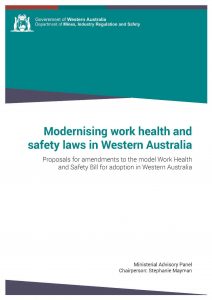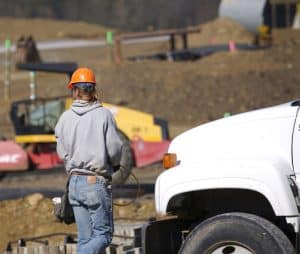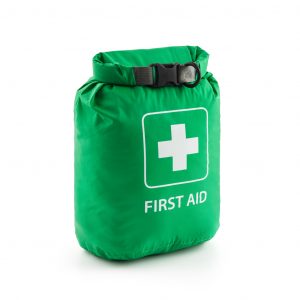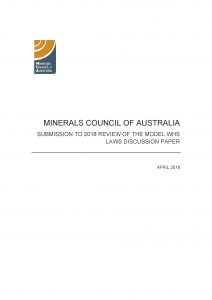 On June 28 2018 in the West Australian Parliament, the Minister for Commerce and Industrial Relations, Bill Johnston, progressed the State’s move to towards harmonised Work Health and Safety (WHS) laws. According to Hansard, Johnston said
On June 28 2018 in the West Australian Parliament, the Minister for Commerce and Industrial Relations, Bill Johnston, progressed the State’s move to towards harmonised Work Health and Safety (WHS) laws. According to Hansard, Johnston said
“Last July, I formed a ministerial advisory panel to advise on the development of a single, harmonised and comprehensive work health and safety act. The new act will cover all workplaces in Western Australia and be aligned with legislation in other Australian jurisdictions…..” (page 4146, emphasis added)
That WA will have new safety laws to cover all workplaces is a very good move;

 On June 20 2018, the Australian government announced a
On June 20 2018, the Australian government announced a  In 2015, the Australian Building and Construction Commission (ABCC) took
In 2015, the Australian Building and Construction Commission (ABCC) took  The first lot of anonymous submissions to Australia’s
The first lot of anonymous submissions to Australia’s  The
The 